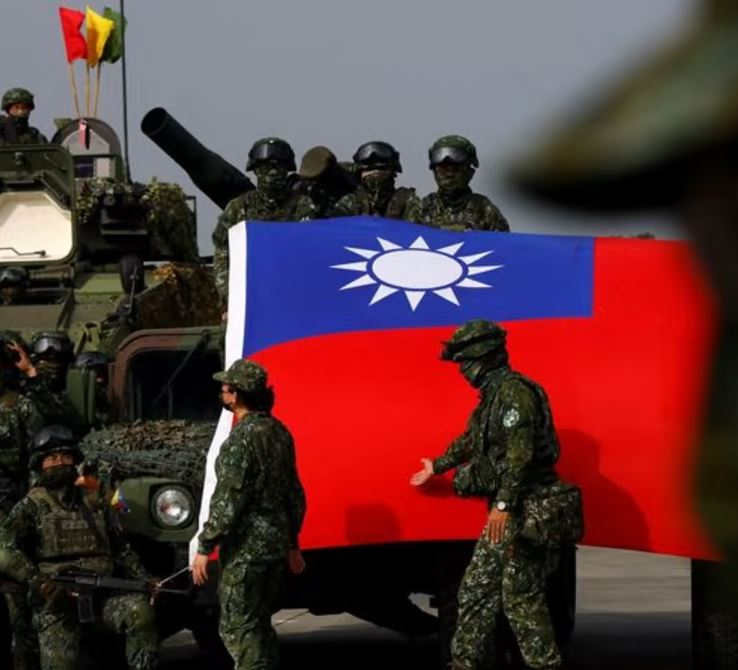On Friday, the United States announced $345 million in military assistance for Taiwan. This is the first substantial package from the Biden administration using U.S. stocks to aid Taiwan in its standoff with China.
Congress has been putting pressure on the Pentagon and the White House to expedite the shipment of weaponry to Taiwan. Providing Taipei with sufficient armament to make the price of invasion too expensive is intended to help it oppose China and prevent China from contemplating striking.Despite protests from Chinese diplomats, the Taiwanese trade office in Washington hailed the U.S. decision to withdraw guns and other material from its shop.
U.S. approval of military sales of F-16s and other significant weapons equipment to Taiwan totals approximately $19 billion. The global defence industrial base is under stress because of Russia’s invasion of Ukraine, which has worsened supply chain concerns that began during the COVID-19 epidemic.
But this assistance is part of a presidential power given by Congress last year to draw weapons from existing U.S. military stockpiles, so Taiwan won’t have to wait for military manufacturing and sales. This is more efficient than allocating funds for new weaponry since it speeds up the delivery time.
The United States Department of Defence has sent billions of dollars’ worth of weapons to Ukraine under a similar provision of law.
After a civil war in China in 1949, Taiwan declared independence. Despite the island’s independence from China, President Xi Jinping insists that his country has the right to retake it by force if necessary. U.S. promises of billions of dollars’ worth of arms supplies to Taiwan have prompted accusations from China that it is creating a “powder keg” situation there.
Due to its “One China” policy, which prioritises relations with Beijing over Taiwan, the United States does not recognise Taiwan as a sovereign nation and maintains no diplomatic ties to the island. However, under American law, Washington must provide Taiwan with a strong defence and consider any threats to the island with “grave concern.”
One of the lessons the United States has learned from Russia’s invasion of Ukraine is the need of delivering weapons stocks to Taiwan before an assault starts, as Pentagon deputy defence secretary Kathleen Hicks said to The Associated Press earlier this year.
China’s recurrent incursions into Taiwan’s air defence identification zone and over the centre line in the Taiwan Strait, which acts as a buffer between the sides, are part of a broader strategy to strike fear into the hearts of Taiwan’s 23 million people and weaken the island nation’s armed forces.
Beijing is “firmly opposed” to U.S. military connections with Taiwan, according to a statement released Friday by Liu Pengyu, a spokeswoman for the Chinese embassy in Washington.
